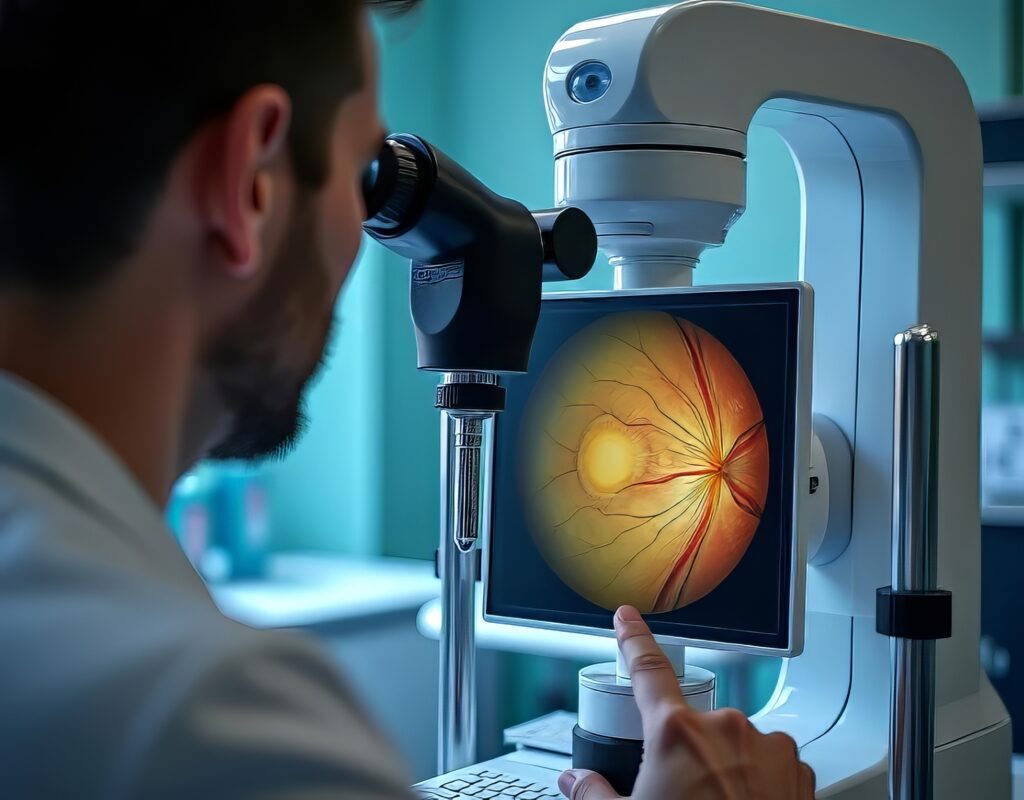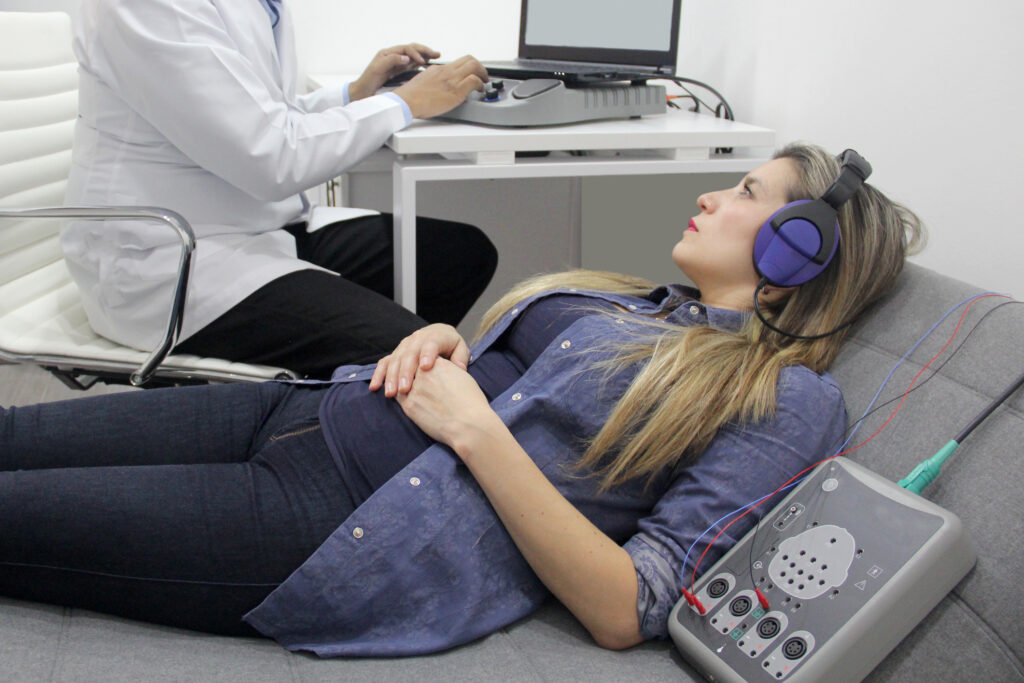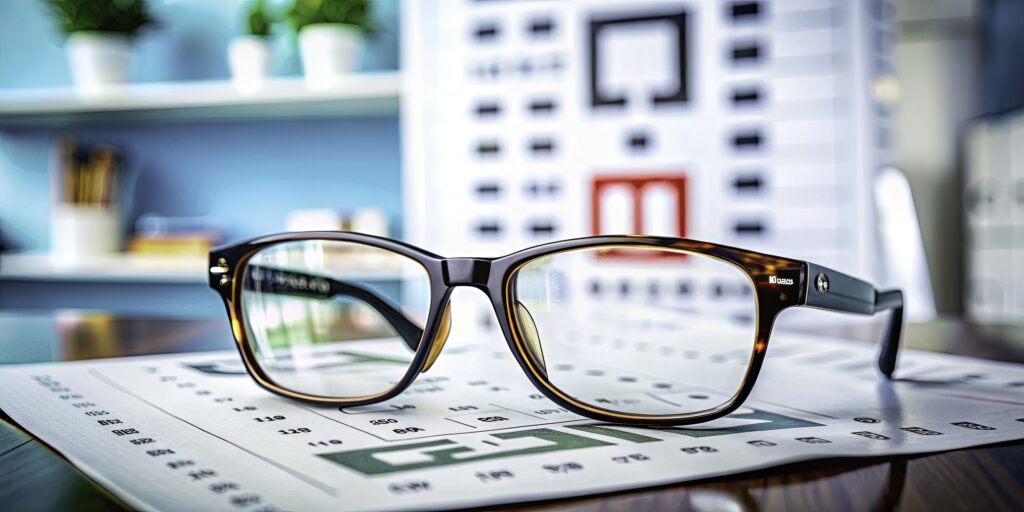Driving at night presents unique challenges due to reduced visibility and increased glare from artificial lights. Understanding the causes of these issues, such as glare, halos, and headlight technology, and implementing effective strategies can enhance safety and comfort during nighttime journeys.
Nighttime driving can be difficult because of various factors that contribute to glare and halos. Bright LED headlights from oncoming vehicles, reflective surfaces on wet roads, and even the cleanliness of your windshield can all affect your visibility. Additionally, individual eye conditions can exacerbate these problems, making it important to adopt strategies that improve vision. By addressing these factors, you can reduce the risks associated with night driving and enjoy a clearer view of the road.
Understanding Glare and Halos
Driving at night requires reliance on artificial lighting, which can create challenges. LED headlights, known for their brightness, often cause significant glare for oncoming drivers. The intensity and spectrum of these lights can lead to discomfort and difficulty in distinguishing road features. Similarly, wet roads reflect light more effectively, amplifying glare and reducing visibility. Many drivers turn to glasses for night driving as a way to counteract these issues, ensuring clearer vision and reduced distractions on dark roads.
Halos are another common issue, often caused by dirt and grime on your windshield that scatter light, creating distracting rings around lights. These halos can be particularly dangerous as they obscure important visual cues needed for safe driving. Addressing these issues is crucial for improving safety during nighttime driving, and wearing night vision glasses for driving is one practical step to reduce the effects of halos.
Practical Solutions for Reducing Glare and Halos
Several techniques can help reduce light distractions during night driving. Anti-reflective coatings on eyeglasses are effective in minimising reflections from artificial lights, improving clarity and reducing eye strain. Regular maintenance of your vehicle’s windshield is essential for ensuring optimal visibility. A clean windshield allows light to pass through without scattering, reducing halos and enhancing clarity.
It’s also important to schedule routine eye examinations, as refractive errors or other vision issues may require corrective lenses tailored for nighttime use. Many drivers rely on nighttime driving glasses to sharpen contrast and reduce headlight glare. Similarly, choosing the best anti-glare night driving glasses can make a noticeable difference in overall safety and comfort during late commutes.
Headlight Technology and Alignment
Headlight technology plays a significant role in nighttime driving safety. Modern LED headlights, while brighter, can cause more glare if not properly aligned. Proper headlight alignment is essential; misaligned headlights not only impair your visibility but also contribute to the glare experienced by other drivers. Regular checks and adjustments can mitigate these issues, ensuring your headlights illuminate the road effectively without causing excessive glare.
The Role of Specialised Eyewear in Reducing Glare
Specialised eyewear for night driving can provide significant advantages by minimising headlight scatter and enhancing clarity. These lenses often feature anti-glare coatings specifically engineered for low-light conditions. By filtering out specific wavelengths responsible for harsh reflections, they allow you to focus more effectively on the road.
Night vision glasses for driving are designed to reduce visual discomfort and improve clarity in dim environments. They work by addressing common causes of glare while maintaining a wide field of view. For many drivers, combining glasses for night driving with proper vehicle maintenance creates a safer overall experience. Exploring options like the best anti-glare night driving glasses is recommended for those who frequently face the challenges of night glare and halos.
Resources for Improving Nighttime Driving Visibility
The strategies discussed here represent a proactive approach to improving safety while navigating darkened roads. In addition to maintaining vehicle components like headlights and windshields, incorporating tools such as nighttime driving glasses provides an extra layer of confidence.
By staying informed about available resources and applying effective techniques consistently over time, you empower yourself with better control over visual distractions encountered during nightly commutes. Choosing the right eyewear, whether the best anti-glare night driving glasses or other specialised options, ensures your vision remains sharp and reliable under difficult conditions.
Disclaimer
The information provided in Safer Night Drives: Glare, Halos, and Headlights Explained by Open MedScience is intended for general educational purposes only. It should not be considered medical, ophthalmic, or professional driving advice. Individual experiences with night driving and vision may vary, and factors such as underlying eye conditions or vehicle specifications can influence outcomes. Always seek guidance from a qualified healthcare professional or optometrist regarding vision-related concerns, and consult your vehicle manufacturer or a licensed technician for advice on headlight alignment and maintenance. Open MedScience accepts no responsibility for any loss, injury, or damage resulting from reliance on the content of this article. Safe driving practices, regular eye exams, and proper vehicle maintenance remain the driver’s responsibility.




